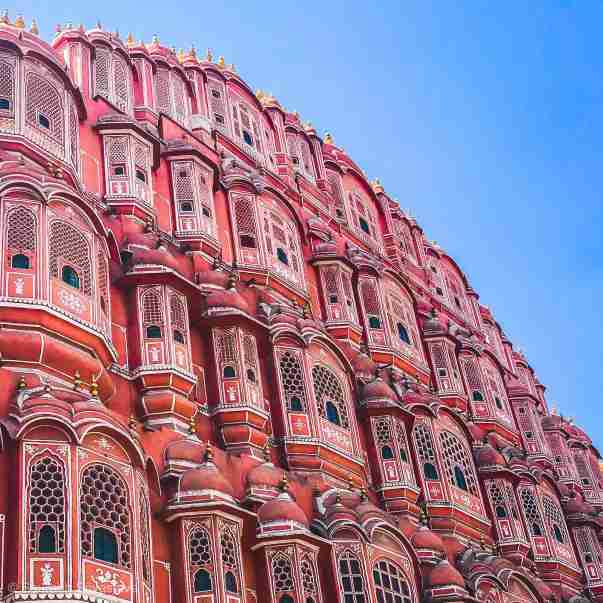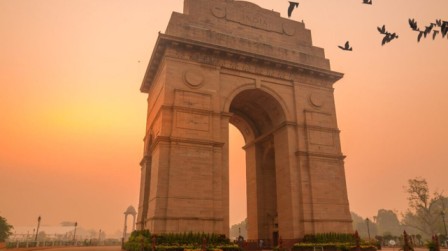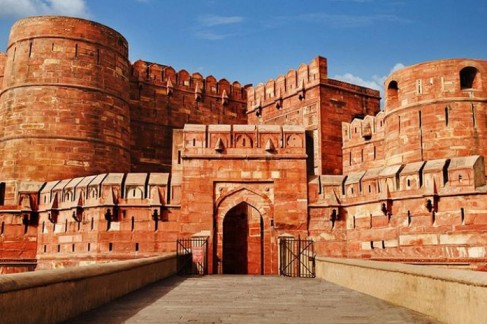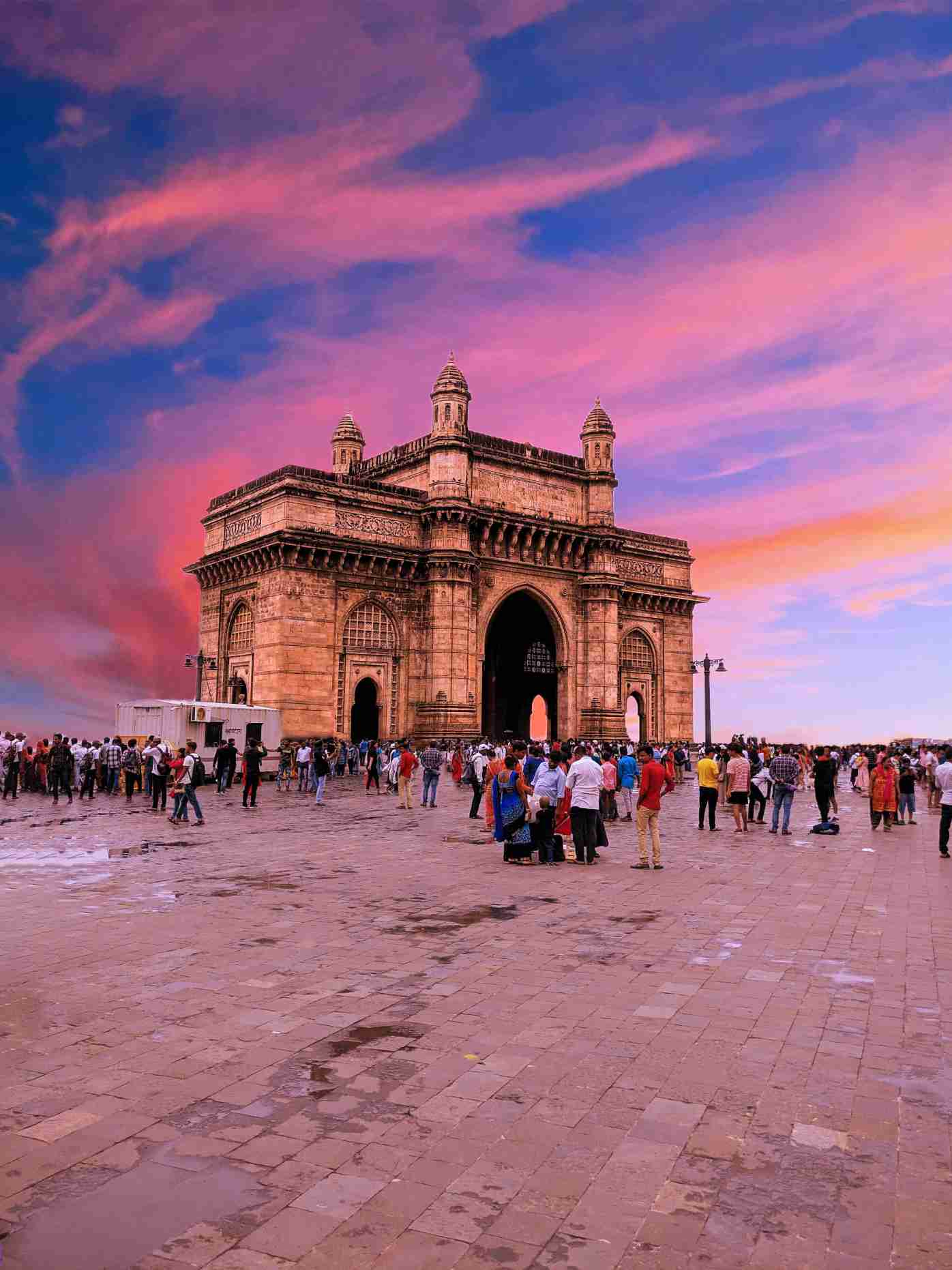There are places which leaves an impression that lasts forever! That can be due to their rich historical significance or due to its architectural marvels.
Whenever we hear the name ‘Hyderabad’, the first thing that comes in our mind is the symbol of pride of Hyderabad – the Charminar.
Rich History of Charminar
The English name of this monument actually comes from combination of Urdu words ‘char’ and ‘meenar’ translating to the ‘Four Pillars’ which are ornate minarets attached and supported by four arches.
A Minaret
Do you know the exact reason due to which Charminar actually came into existence?
This massive arch was built by ‘Mohammed Quli Qutab Shah’ in 1591 to commemorate the end of the plague which had spread in the city.
Details of Charminar
It is designed in an Indo-Islamic architecture style adapting Persian architectural elements which defines the then Islamic style of architecture in detail and can be predicted easily due to the minarets and arches which can be commonly found in most of the monuments built by the Muslim emperors.
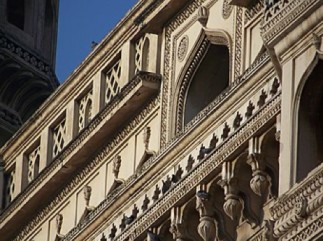
The monument is a magnificent square made of granite, built upon four grand arches facing towards each direction – North, South, East and West. This monument derived its name from its minarets and each minar stands on a lotus-leaf base which can be witnessed in all Qutub Shahi buildings.
Structure of Charminar
The Charminar has each side that is 20 meters long. At each corner stands an exquisitely shaped, 56 meter high minaret with double balcony.
Unlike the minarets of Taj Mahal, the minarets of Charminar were built into the main structure. There were 149 steps to reach the top most floors.
The structure stands tall since its time of existence though there have been a lot of repairs and amendments that it went through. It is made up of granite, limestone, mortar and pulverized marble, weighing astonishingly 14,000 tones apiece. The structure is also known for the arrangement of balustrades and balconies which can be seen at every minaret.
Interiors of Charminar
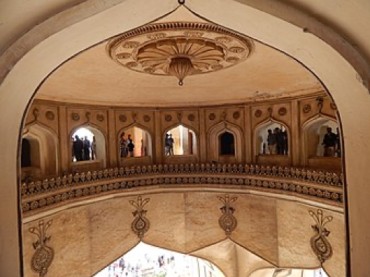
The first floor was used as a ‘Madarasa’ (college) during the Qutub Shahi Period.
A mosque is located at the western end of the open roof. The remaining section was once a royal court during the Qutub Shahi times. The actual mosque covers the entire top floor of this structure.
Mosque on the second floor
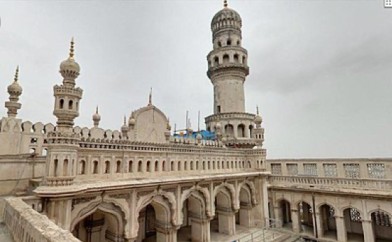
If you clearly see, you will notice a vault which appears to be like a dome supporting the two galleries one over the other.
Above all these is the terrace that serves as the roof which has been bordered with a stone balcony.
The main gallery has 45 covered prayer spaces with a massive open space in order to accommodate more people for the ‘Jumma’ (Friday) prayers.
The clocks installed by the 6th Nizam – Mir Mahbub Ali Khan

The clocks on the four cardinal directions were later added in the year 1889. There is even a ‘Vazu’ (water cistern) in the middle with a small mountain for before ritual purification in the Charminar mosque.
Things to do (Charminar, Hyderabad)
Charminar has already been established as one of the most historically and religiously significant monument standing and overlooking the bustling streets of Hyderabad for 400 years now.
Though it went through its share of good and bad, the majestic monument can still let your heart skip a beat due to its beautiful detailing and architectural magic.
Due to overcrowding at the minarets the Archaeological Survey of India has only been giving special permission to visitors to visit the upper floor of the monument which overlooks the city of royals.
You can totally indulge in the beauty of Charminar and know more about it through the locals. The bustling streets near and around Charminar serves as a place where you can shop till you drop, enjoy your Irani Chai at the local cafes located around with the splendid view of Charminar and also taste the lip-smacking and Hyderabad’s favourite food – Hyderabadi Biryani. Checkout more place to eat in Hyderabad HERE

If you don’t want to get stuck in the chaos and traffic during the day time then you must visit the place at night as the Charminar gets illuminated and looks no less than a wish that has come true.
Entry Fee – INR 5 per Indian Tourist, INR 100 per Foreign Tourist
Timings – 09:30 AM to 05:30 PM all days of the week
How to reach Charminar, Hydera?
The Charminar is about 7 kms from Hyderabad Railway Station and 5 kms from Hyderabad Bus Station. You have excellent private transport available from the twin cities.
Called the “Arc De Triumph of the East”, Charminar is worth the visit and stands in the heart of the old city as the hallmark, showcasing the glory of the Qutub Shahi era.



